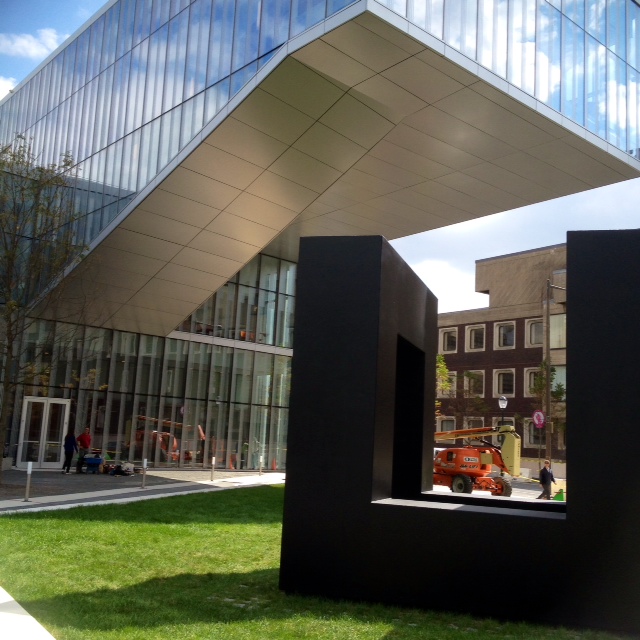Your negative space is as important as what you choose to fill it with.
Negative: “Consisting in or characterized by the absence rather than the presence of distinguishing features.” (Oxford English Dictionary)
It supports and defines.

Invites memory, healing and expectation.

Always leave enough space to fill with life.




